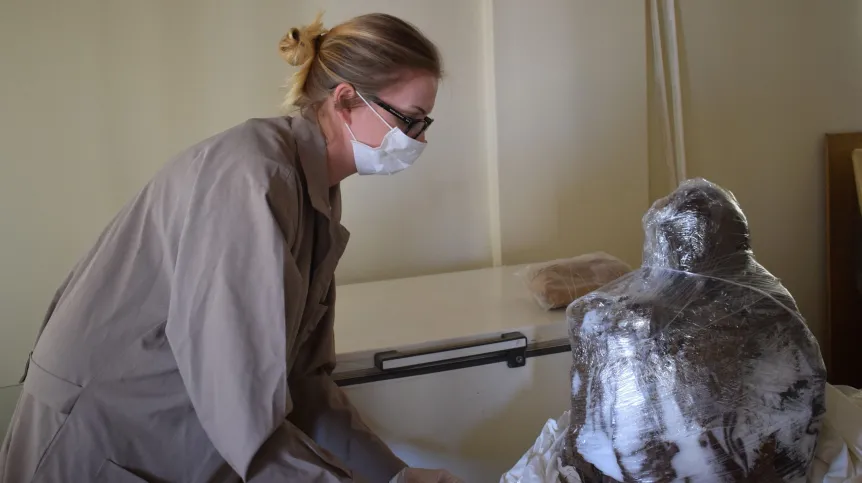
An article about the research of Dagmara Socha from the Centre for Andean Studies of the University of Warsaw was the most read text in Science News in 2022, the University of Warsaw reports.
The publication 'A special brew may have calmed Inca children headed for sacrifice' by Bruce Bower concerns the research results published in April 2022 in the Journal of Archaeological Science: Reports, titled 'Ritual drug use during Inca human sacrifices on Ampato mountain (Peru): Results of a toxicological analysis'. The first author of the paper is Dagmara Socha.
The researcher from the University of Warsaw describes toxicological studies of samples taken from the mummies of two children sacrificed by the Incas as part of the capacocha ritual at the top of the Ampato volcano in Peru.
Posting on social media, the university said: “Analyses of hair and nails showed the presence of harmine and harmaline, probably sourced from lianas of the genus Banisteriopsis. Another detected compound is cocaine, which is the result of chewing coca leaves by victims of the ritual.”
The research was carried out by the Centre for Andean Studies of the University of Warsaw, the Catholic University of Santa María (UCSM) in Arequipa and the Department of Forensic Medicine, Collegium Medicum of Nicolaus Copernicus University. It is part of a series of articles on bioarchaeological research of capacocha victims carried out in cooperation with the UCSM Andean Sanctuaries Museum.
Science News is an American bi-weekly popular science and technology magazine. It presents new research results, including those published in scientific journals.
It was founded more than a century ago, in 1921.
PAP - Science in Poland
bar/ agt/ kap/
tr. RL













